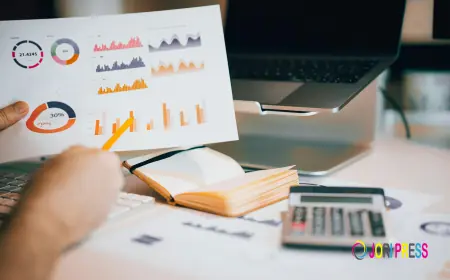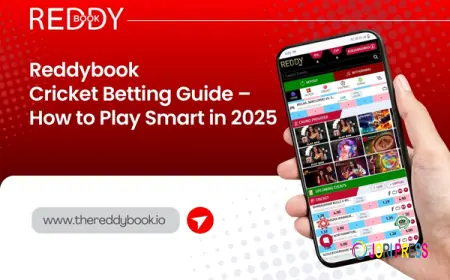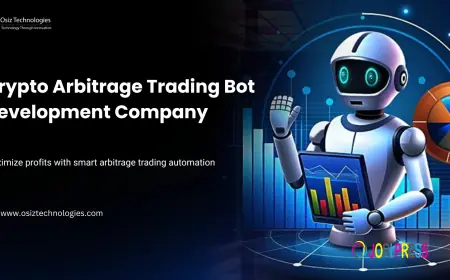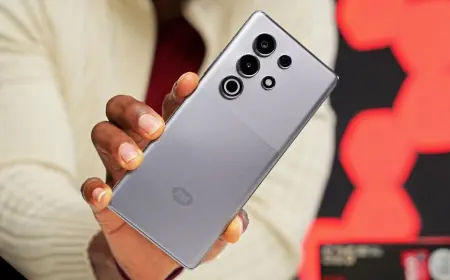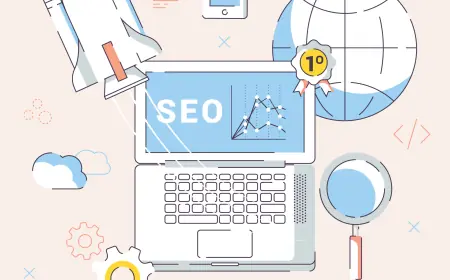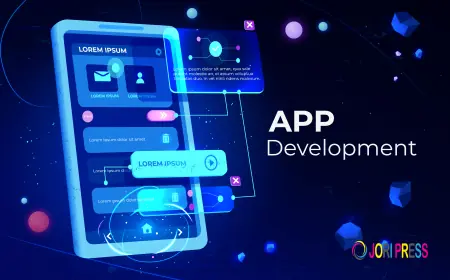Android 16 QPR1’s source code is nowhere to be found, but Google swears it’s coming
- Google has delayed releasing the source code for Android 16 QPR1, worrying custom ROM developers who rely on timely AOSP (Android Open Source Project) updates.
- While Google typically publishes source code within 48 hours of a new release, it has been a week, breaking a long-standing precedent for the community.
- Google confirmed the code is coming “in the coming weeks,” but the situation has reignited concerns about the company’s commitment to open-sourcing Android.
Last week, Google rolled out the Android 16 QPR1 update, bringing the company’s long-awaited Material 3 Expressive design overhaul and other exciting features to Pixel users. If you want to try new Android features but don’t own a Pixel device, your best option is usually to install a custom ROM based on the open-source version of the operating system. Google typically publishes the source code for new Android versions within 1-2 days of release, allowing independent developers to quickly start porting the new changes to their custom ROMs. That hasn’t happened this time, though, leaving many developers to wonder if Google’s history of timely open source releases is over.
You're reading an Authority Insights story. Subscribe to our new Authority Insights newsletter for more exclusive reports, app teardowns, leaks, and in-depth tech coverage you won't find anywhere else.
AOSP, short for the Android Open Source Project, is an operating system Google releases under the permissive Apache 2.0 License, which allows anyone to use, modify, and distribute their own AOSP-based operating systems without paying fees or releasing their modified source code. This licensing structure is what allowed Android to become so popular, but it’s also why the OS looks so different across devices. The software experience only feels familiar across most smartphones, tablets, watches, and TVs running Android because companies must follow certain guidelines to get access to Google Mobile Services (GMS) — Google’s suite of proprietary apps that includes the Play Store.
What's Your Reaction?
 Like
0
Like
0
 Dislike
0
Dislike
0
 Love
0
Love
0
 Funny
0
Funny
0
 Angry
0
Angry
0
 Sad
0
Sad
0
 Wow
0
Wow
0











